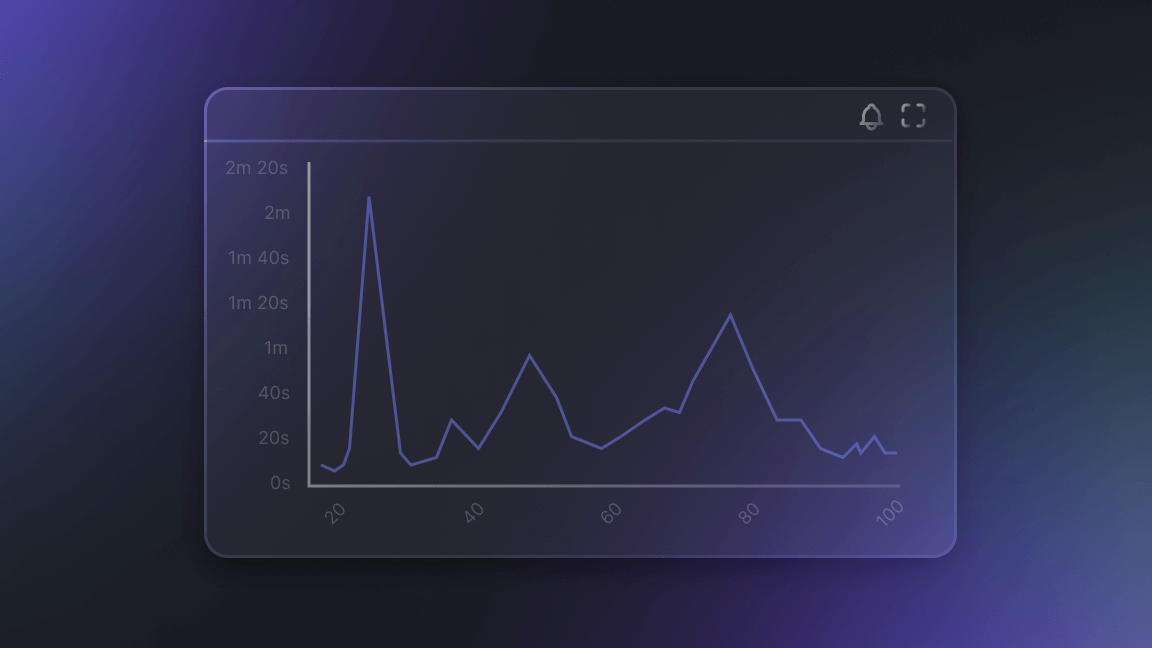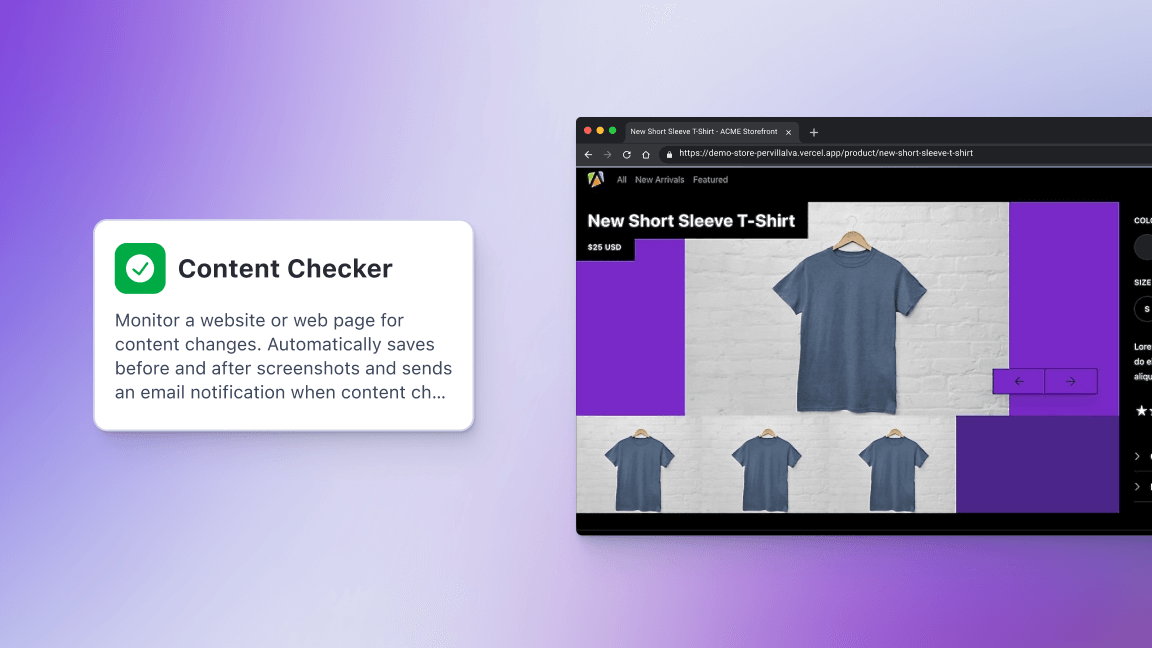Web scraping is part of the technological stack of developers and companies of all shapes and sizes. It can be an incredibly powerful method of data collection for businesses and individuals alike. However, it’s not a fire-and-forget process. If your use case involves extracting data from thousands or millions of pages per day (often called large-scale scraping), it requires careful monitoring and management to ensure that it operates smoothly and that the results obtained are accurate and timely.
Let’s go through a few of the common problems you’re likely to encounter in long-running large-scale web scraping projects, which can be mitigated or prevented by monitoring.
Why monitor your web scraping projects?
Resource usage
Large-scale web scraping can consume significant amounts of resources. Depending on the size of your project, you may be running dozens or even hundreds of scraping processes simultaneously. Each of these processes consumes memory, CPU, and network bandwidth, which can quickly add up.
By monitoring error rates, you can identify any patterns or trends that might indicate underlying issues that can lead to the overuse of resources. For example, if you’re consistently seeing high error rates for a particular site or page, it might be because the site is blocking your IP address. Blocking is a common problem for web scrapers that can lead to excessive resource usage. Blocking means retries, and that amounts to using more resources. So you want to do your best to avoid getting blocked when scraping.
High error rates could also mean that the page has changed in some way that breaks your scraper. Page changes are one of the most common problems you’ll face in long-running scraping projects. Your scraper might be working fine for weeks, then suddenly, it breaks, yielding zero results. In such instances, it’s likely that the content has moved to another location in the page’s HTML.
Data quality
Data quality can make or break a project. Scraping at scale only magnifies the significance of data quality. Web scraping tools don’t always understand the structure of websites, and that can result in a misinterpretation of data. By monitoring your scraping processes, you can quickly identify whether the correct data has been scraped, post-processed, and presented in the desired format, spot any other issues that arise (e.g., field names not matching the field names you’ve stipulated), and take steps to correct them.
Best practices for monitoring long-running scraping projects
1. Get your scrapers working
Before you begin, you should define clear goals and metrics that reflect the purpose, scope, and performance of your scrapers. Determine the source of the data and how often you need to scrape it. This will help you decide which libraries and tools you need to use.
Make sure your scraper is working correctly by running it on a small dataset first. If there are any errors, fix them before running the scraper on a larger dataset. You can use load testing to simulate heavy traffic and measure the performance and stability of the scrapers under stress. You can also use structured logging to record and track relevant information about the scraping process, such as the website URL, the timestamp, the data extracted, and any errors or warnings.
For scrapers that will run for a long time, you should keep track of useful stats, such as itemsScraped or errorsHit, and log them to the console on an interval.
The meaning of your log messages should make sense to an outsider who is not familiar with the inner workings of your scraper. Avoid log lines with just numbers or just URLs - always identify what the number/string means. For example:
Index 1234 --- https://example.com/1234 --- took 300 ms2. Set up some basic metrics for data quality
Decide on what aspects of data quality you want to monitor, such as accuracy, completeness, or consistency. Once you’re clear on what you want to monitor, you can use techniques such as error handling and retries to deal with parsing and data issues.
Error handling can help you to catch and handle network errors, HTTP errors, parsing errors, or data validation errors or identify whether your data got corrupted in some way.
Your log messages should indicate where the error happened and what type of error occurred. For example:
Could not parse an address, skipping the page. Url: https://www.example-website.com/people/1234
You can use retries to handle temporary errors and network disruptions. You can set a maximum number of retries, a delay between retries, and a backoff strategy to increase the delay after each failed attempt.

3. Implement alerts and notifications
Implementing alerts and notifications can help you detect and respond to issues and failures in your scraping project promptly. Every time something breaks, add a new alert to ensure that the same problem doesn’t occur again. You should use one channel (e.g., email or Slack) for alerts and notifications based on your company setup. Also consider using Opsgenie alternatives or PagerDuty Alternatives to help streamline the process of setting up and managing alerts for your scraping project efficiently.
You can configure your logging or exception-handling system to send email notifications to your inbox or a group email address. You can also use tools such as Slack API or webhook integrations to send alerts and messages to a Slack channel or a group of users.
4. Iterate
You won’t get it all right the first time, so iterate. You can use profiling to identify the bottlenecks and slow-running parts of the scraping process, analyze the code's performance and identify the functions that consume the most resources or take the longest time. You might find that certain pages or sites are causing more errors than others, in which case you can investigate and make changes to your scraper as needed.
Summary: 8 tips for monitoring large-scale scraping projects
By using a combination of logging and error handling, performance and resource monitoring, and alerting and notifications, you can design, implement, and maintain a robust monitoring system that will save you a lot of headaches. So follow these tips if you want your web scraping activities to run smoothly and deliver the outcome your project requires:
- Define clear goals and metrics.
- Test your scraper on a small dataset first.
- Use load testing to measure the performance of your scrapers under stress.
- Use structured logging to record and track relevant information.
- Use error handling and clear error logs.
- Use retries to handle temporary errors and network disruptions.
- Add a new alert every time something breaks.
- Iterate and use profiling to identify bottlenecks.
If you want to learn more about web scraping problems and solutions, check out the free advanced web scraping courses in Apify Academy.








